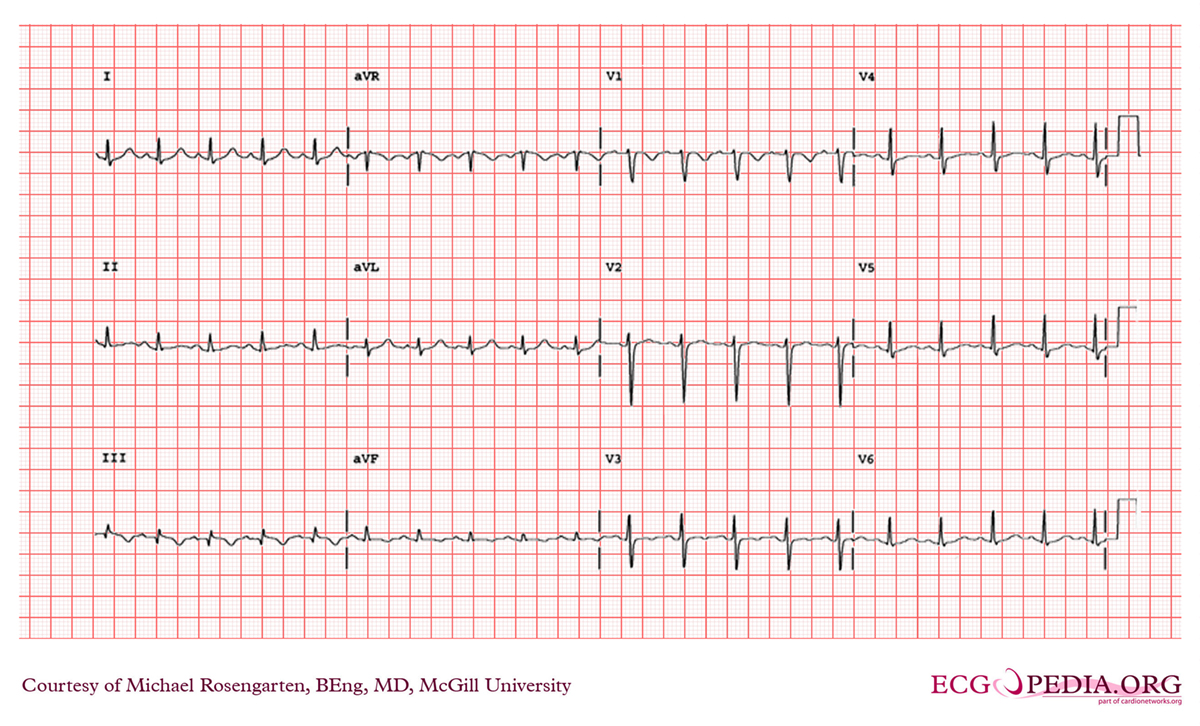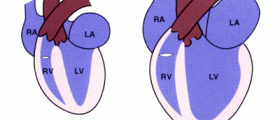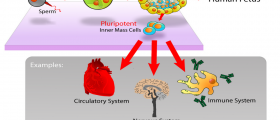Cardiac Catheterization
This is a procedure that helps the doctor to detect the problems and general condition of the heart, along with the arteries, valves and muscles. This process is done when a patient suffers from symptoms of heart problems. Such symptoms are fainting spells, problems with breathing, lightheadedness and chest pain. There are several problems that can affect you heart and one of them is the problem of the valves. These valves release the blood and they can experience problems, like stenosis, which causes the reduction of the opening through which the blood flows.
Leakage, regurgitation or incompetence are names for some problem associated with heart valves. This problem causes the improper closure of the opening. With the procedure we are talking about, not all valves can be examined, but only mitral and aortic. Plaque is the buildup of the cells, which leads to clogging of the coronary arteries. This causes the reduction of blood flow and the supply of the oxygen to the rest of the body. When this happens, the heart becomes weaker over time and eventually dilapidates. Doing a strenuous activity demands more oxygen and increased blood flow. When the arteries are clogged, this can be a problem. When this happens, a person will experience shortness of breath, irregular heartbeats and chest pain.
Complication
The procedure in question can sometimes cause some complications. Cardiac catheterization can lead to minor infection, reactions to dye or medications, abnormal heartbeats and bleeding. These complications usually go away quickly, but sometimes they can be very serious. Other complications include kidney failure, heart attack, stroke, lung problems, damage of the nerve or bleed vessels, blood clots and heart problems.
A person should not be afraid of these complications, since they are extremely rare, as we have said. One study has shown that a heart attack can be caused by cardiac catheterization in 5 cases out of 10 000, though the numbers increase depending on the state of the patient. If the patient is seriously ill, out of 10 000 patients, 10 can experience heart attack. But, if the patient is healthy, the numbers diminish to nothingness. In these cases, only one patient among 10 000 patients experiences heart attack.
Other minor complications include allergic reaction, nausea, temporary pain, vomiting, scaring, and bruising. In some cases, hospital stay is needed after the cardiac catheterization. This may include surgery, blood transfusion but in some cases, this may save your life. It is important to know everything about this procedure if you are considering it. Take everything in consideration and make a choice.
- There are no absolute definitive contraindications for cardiac catheterization procedures. Most of the contraindications are relative depending on the indication for the procedure and the associated comorbidities of the patient.
- The risk of major complications during diagnostic cardiac catheterization procedure is usually less than 1%, and the risk and the risk of mortality of 0.05% for diagnostic procedures. For any patient, the complication rate is dependent on multiple factors and is dependent on the demographics of the patient, vascular anatomy, co-morbid conditions, clinical presentation, the procedure being performed, and the experience of the operator. The complications can be minor as discomfort at the site of catheterization, to major ones like death.
- Hematoma/retroperitoneal bleeding are among the most common complications seen after cardiac catheterization procedures. Hematomas are usually formed following poorly controlled hemostasis post sheath removal. Most hematomas are self-limiting and benign, but large, rapidly expanding hematomas can cause hemodynamic instability requiring resuscitation with fluids and blood. The incidence of this complication is less than 0.2%.
- Direct communication between the arterial and venous puncture sites with ongoing bleeding from the arterial access site leads to the fistula formation and is associated with a thrill or continuous bruit on examination. These usually will require surgical exploration as they are unlikely to heal spontaneously and may expand with time.
- The most frequent complication after transradial access is about a 5% risk of radial artery occlusion. This is a clinically insignificant complication if the Allen test is normal. Patients with incomplete palmar arch and abnormal Allen test may have symptoms of hand ischemia after radial artery occlusion.
- The incidence of death with cardiac catheterization has decreased progressively and is less than 0.05% for diagnostic procedures.
- The reported incidence of periprocedural myocardial infarction for a diagnostic angiography is less than 0.1%. This is mostly influenced by patient-related factors like the extent and severity of underlying coronary artery disease, recent acute coronary syndrome, diabetes requiring insulin, and technique-related factors.
- The overall risk of stroke in recently reported series is low at 0.05% to 0.1% in diagnostic procedures and can increase to 0.18% to 0.4% in patients undergoing intervention.
- Dissection of the aorta, perforation of the cardiac chambers, perforation of the coronary arteries is an extremely rare complication.
- Cholesterol emboli from friable vascular plaques can give rise to distal embolization in multiple vascular beds.
- Allergic reactions can be related to the use of local anesthetic, contrast agents, heparin, or other medications used during the procedure. Reactions to the contrast agents can occur in up to 1% of the patients, and people with prior reactions are pretreated with corticosteroids and antihistamines.
- The incidence of the reported contrast nephropathy is quite variable (range 3.3% to 16.5%) in the patients undergoing cardiac catheterization resulting in a transient increase in the serum creatinine levels after exposure to contrast material. In the National Cardiovascular Data Registry, the incidence of contrast-induced acute kidney injury was 7.1% among the patients undergoing elective and urgent coronary intervention.

















Your thoughts on this
Loading...